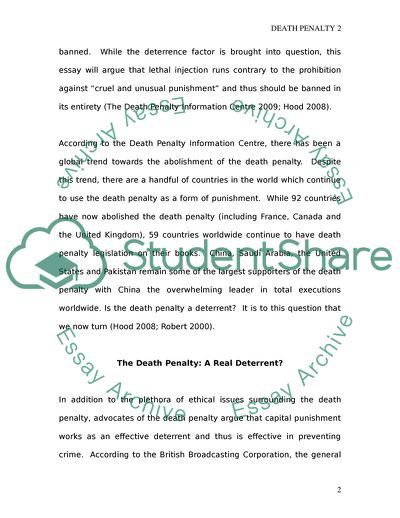Cite this document
(Capital Punishment - The Case against Death Penalty Report, n.d.)
Capital Punishment - The Case against Death Penalty Report. https://studentshare.org/law/1726875-research-paper-focused-around-a-particular-aspect-of-the-adult-justice-system-in-the-us
Capital Punishment - The Case against Death Penalty Report. https://studentshare.org/law/1726875-research-paper-focused-around-a-particular-aspect-of-the-adult-justice-system-in-the-us
(Capital Punishment - The Case Against Death Penalty Report)
Capital Punishment - The Case Against Death Penalty Report. https://studentshare.org/law/1726875-research-paper-focused-around-a-particular-aspect-of-the-adult-justice-system-in-the-us.
Capital Punishment - The Case Against Death Penalty Report. https://studentshare.org/law/1726875-research-paper-focused-around-a-particular-aspect-of-the-adult-justice-system-in-the-us.
“Capital Punishment - The Case Against Death Penalty Report”. https://studentshare.org/law/1726875-research-paper-focused-around-a-particular-aspect-of-the-adult-justice-system-in-the-us.


